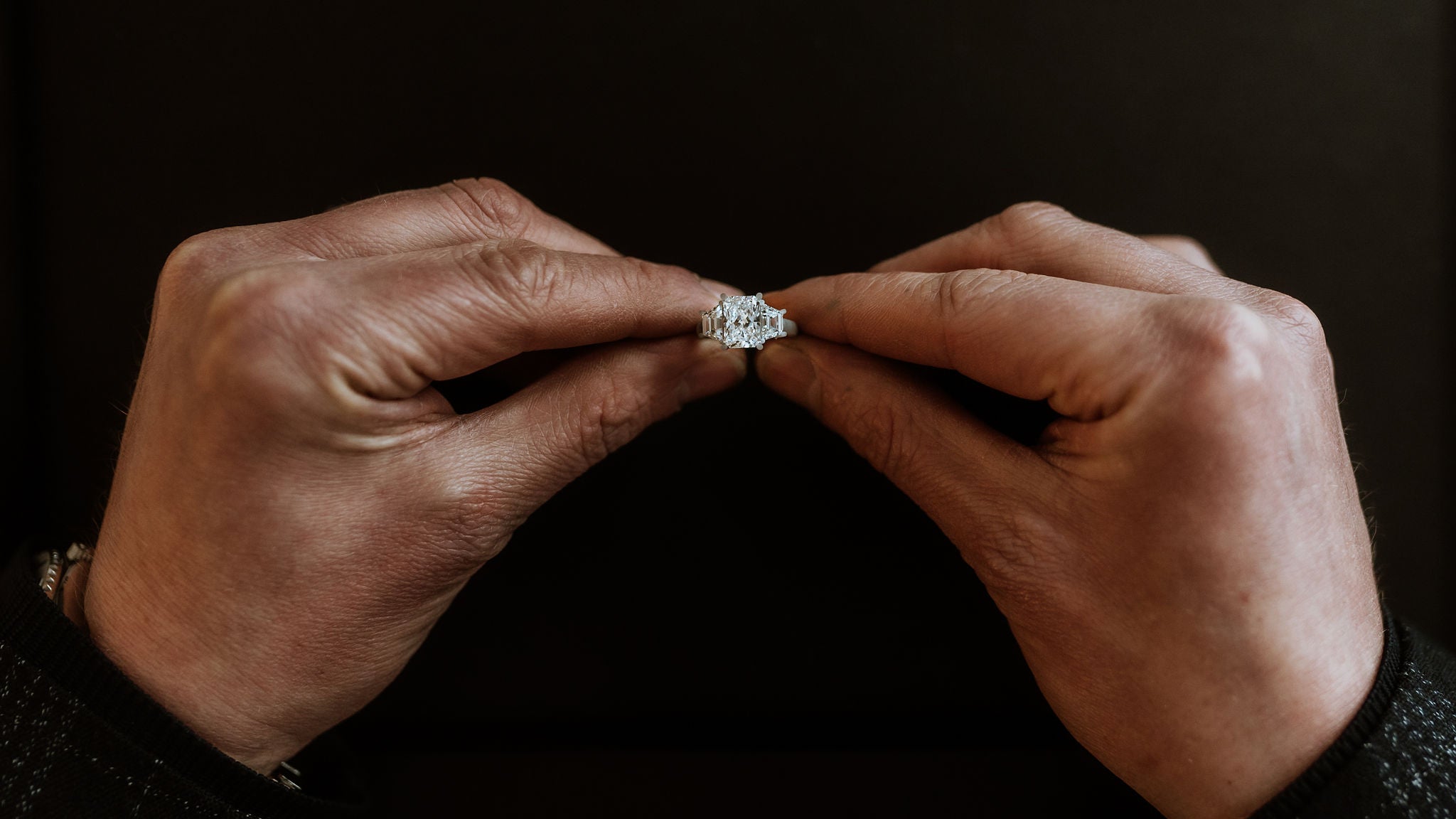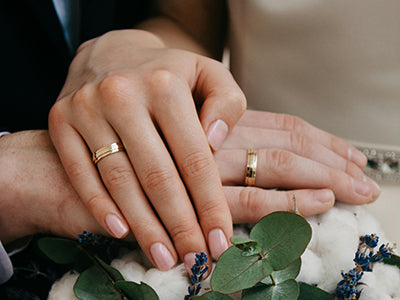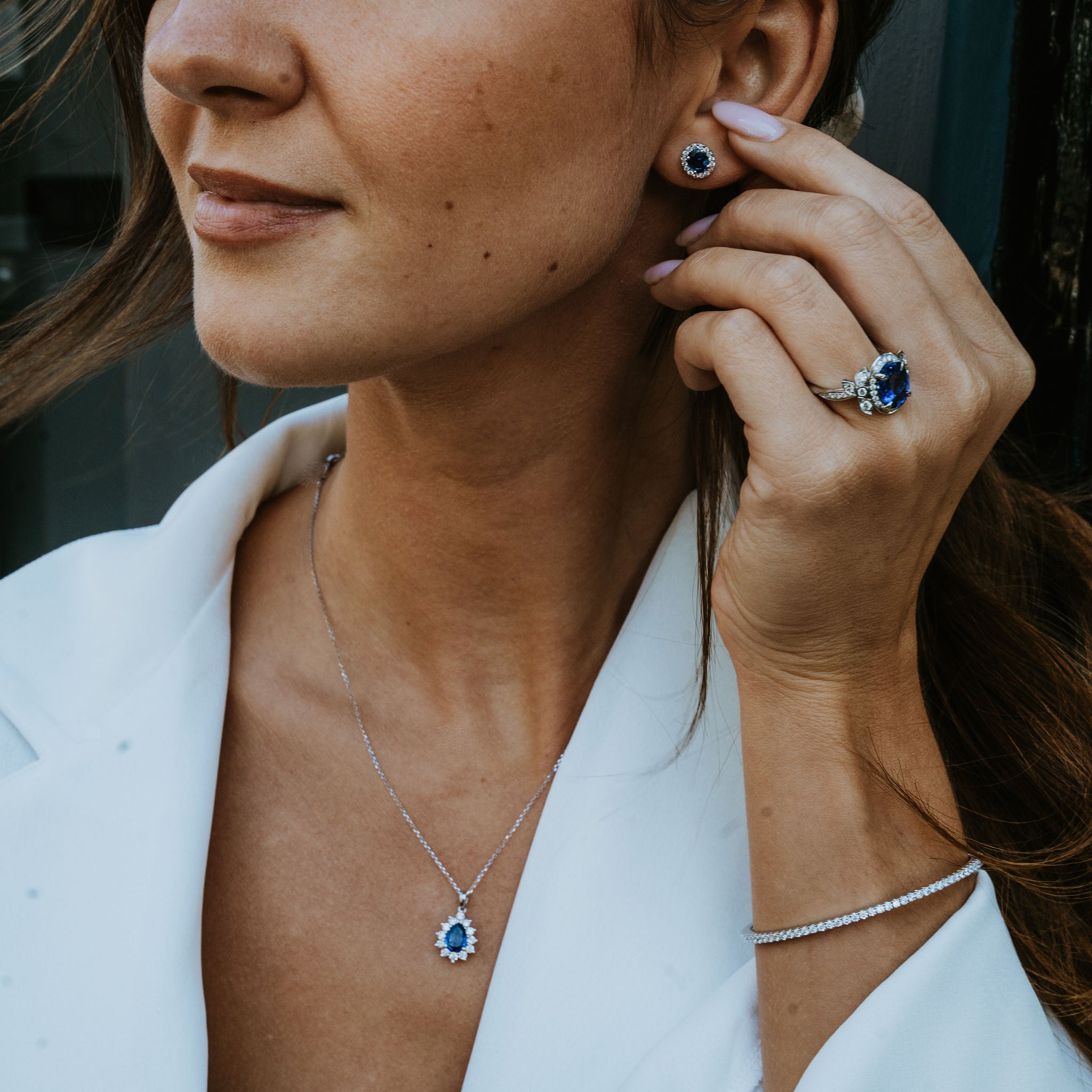 When it comes to gemstone jewellery, you can only pick from four stones that are classed as ‘precious’, as opposed to semi-precious. These, of course, are diamonds, emeralds, sapphires and rubies.
When it comes to gemstone jewellery, you can only pick from four stones that are classed as ‘precious’, as opposed to semi-precious. These, of course, are diamonds, emeralds, sapphires and rubies.
These differ in various aspects, but the most obvious is colour, with diamonds usually white (although discolouration is not uncommon), emeralds green, rubies red and sapphires blue.
For rubies, the appeal of these red gems is obvious. They are not the only red stones you can choose (we have written before about the alternatives out there), but it is a beautiful choice with an immense appeal for many reasons.
Why Rubies And Sapphires Are Nearly The Same Thing
The first thing to note about rubies is that they are almost the same thing as sapphires. Both are forms of corundum. The red versions are rubies and all others are classed as sapphires, most (but not all) of which are blue.
Corundum has one immediate quality that any jewellery purchaser should value: it measures 9 on the Mohs Scale, beaten only by diamonds for hardness. That means a ruby is very unlikely to be scratched or chipped, unlike, for instance, an emerald or some of the alternative red stones, such as spinels or garnets.
This has a significant practical implication. It means that rubies can be worn in jewellery every day because they are so hard-wearing. This makes them a great option for engagement and wedding rings.
Indeed, it is one of the reasons that a bespoke trilogy ring will feature a sapphire and a ruby on either side of a central diamond, with every stone at least 9 on the Mohs Scale.
This advantage means that while a ruby may cost more than alternative red gems, your investment will retain its lustre for a lifetime as long as you take reasonable care of it.
The Cultural And Historic Popularity Of Rubies
At the same time, there is no denying that the red colour itself provides a spectacular reason to wear such a gem. It stands out in any jewellery and the colour, while red as standard, can range from deep pink to purple, all of which can be associated with romance, making it a wonderful gift for occasions such as Valentine’s Day or a wedding anniversary.
Ruby is also the birthstone for July, which means it can make a popular birthday gift for anyone born in the seventh month of the year.
Rubies also feature prominently in literature and popular culture and have done so from ancient times to the modern day.
They appear in religious texts, including four mentions in the Bible, and are regarded as a particularly precious gem in Hindu culture. The association with blood due to the colour also spawned a custom among Burmese soldiers that they could make soldiers invincible and some even had them sewn into their flesh. (This is not a bespoke commission we offer!)
Other beliefs include the idea that they can be associated with healing or clairvoyance, were created by fire (not strictly true, but given the geological processes actually involved, not so far off), and the idea that if you leave a ruby under a cloth and come back to it, you will find it glows. (It doesn’t).
Above all, there is that age-old notion of associating rubies with love and passion, on account of their red colour.
Where The Red Colour Comes From
The colour of any given ruby is never just a simple red, or indeed pink or purple. Apart from this overall variation at the red end of the spectrum, there are other factors shaping its appearance.
Red colouration in rubies comes from a substance called chromium. A smaller amount will produce a pink ruby, while more will make it bright red. Very slight amounts, producing only a faint pink, will not be enough to classify a gem as a ruby at all, but as a common corundum. However, you won’t be dealing with these when ordering ruby jewellery from us.
What you may see if you look closely at a ruby (or indeed a sapphire) is that it can have small fractures or ‘inclusions’, which are also a common feature of emeralds. However, the greater hardness of corundum means they don’t split so easily and they can produce a sparkle when the light hits them at certain angles. However, these can be removed.
There are ways that skilled jewellers can treat inclusions, which can involve heating corundums to improve their colour and make them clearer. This is commonly done to rubies and you may find this is what has happened with any rubies in jewellery you purchase from us. It may also be your best option for a bespoke item we make for you.





